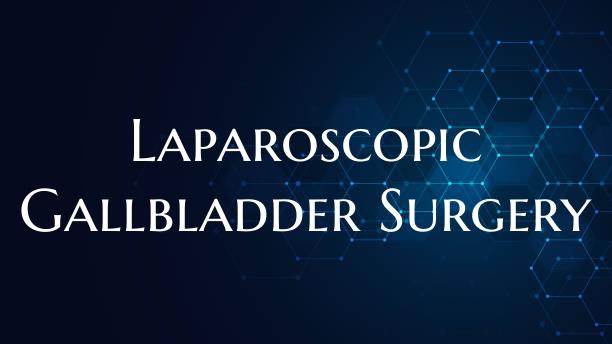
Laparoscopic Gallbladder Surgery
Laparoscopic gallbladder surgery, also known as laparoscopic cholecystectomy, is a minimally invasive surgical procedure performed to remove the gallbladder. The gallbladder is a small organ located beneath the liver that stores and concentrates bile, a fluid produced by the liver to aid in digestion.
During a laparoscopic gallbladder surgery, several small incisions are made in the abdomen through which a laparoscope and other surgical instruments are inserted. The laparoscope is a thin tube with a tiny camera that allows the surgeon to view the gallbladder and surrounding tissue on a monitor. This technique enables the surgeon to visualize the area clearly and perform the surgery with precision.
One of the main advantages of laparoscopic gallbladder surgery is its minimally invasive nature, which results in less pain, reduced scarring, and a faster recovery time compared to traditional open surgery. Patients usually can go home the same day or the day after the surgery and can resume normal activities within a week or two.
Laparoscopic gallbladder surgery is commonly recommended for patients with gallstones, gallbladder inflammation (cholecystitis), or other gallbladder diseases. It is considered a safe and effective procedure with a low risk of complications when performed by a skilled surgeon.
If you are experiencing symptoms of gallbladder problems such as abdominal pain, nausea, vomiting, or jaundice, consult with a healthcare provider to determine if laparoscopic gallbladder surgery is an appropriate treatment option for you. It is essential to follow pre-operative and post-operative instructions provided by your healthcare team to ensure a successful outcome and a speedy recovery.